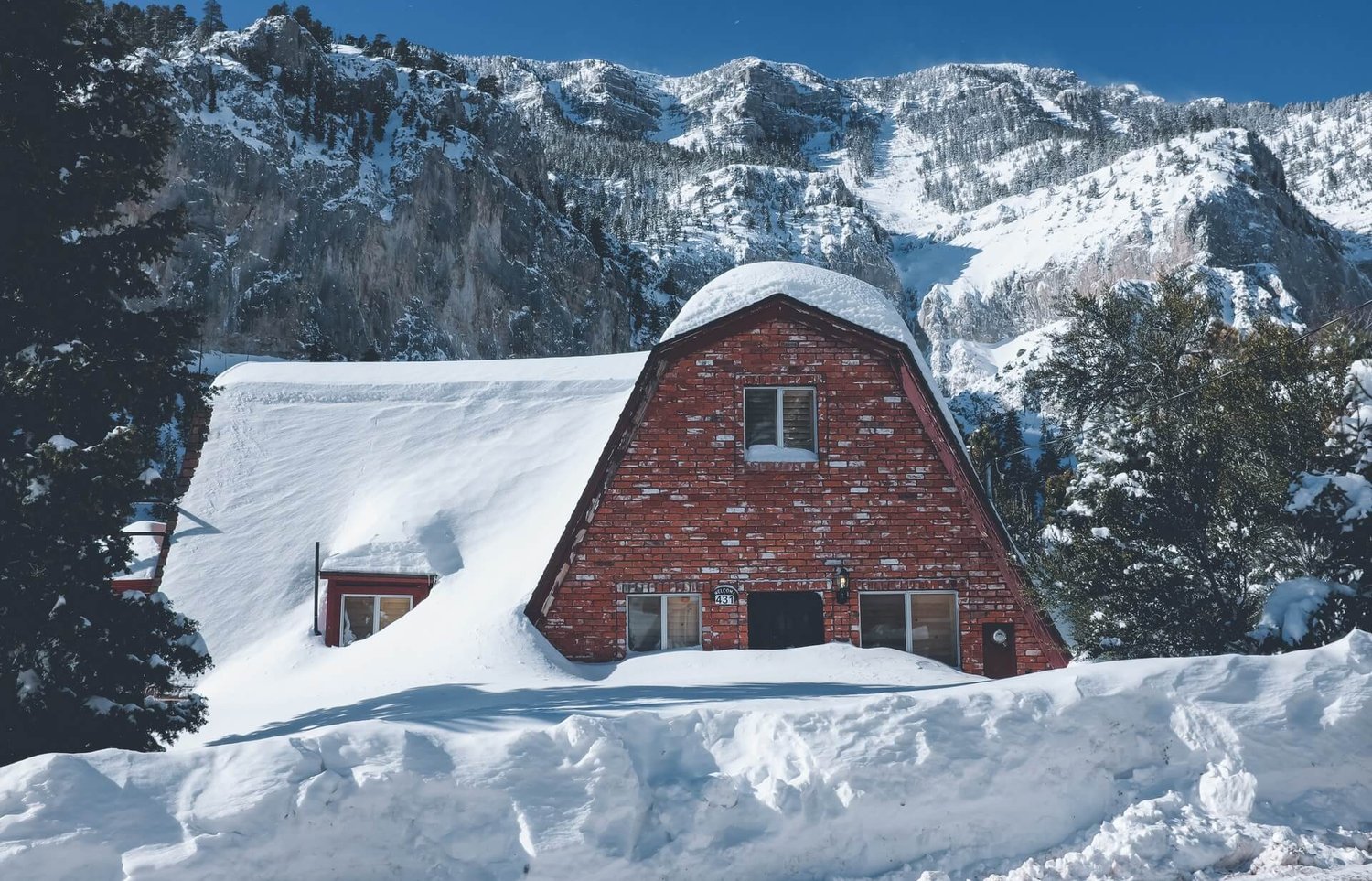Polar Vortex. Nor’easter. Bomb Cyclone. Clipper. While there are a variety of colorful names given to winter storms, they all have something in common: It’s frightening – and potentially life-altering – to get caught in one.
This is especially true if that storm causes damage to your home or car. But the more you can do ahead of time to prepare for inclement weather, the better off you’ll be if and when the snow starts falling.
Even if you’re expecting a milder winter, chances are you’ll still have to deal with some sort of seasonal storm. Knowing that, here’s what you can do to properly prep your home and car – no matter the weather forecast.


